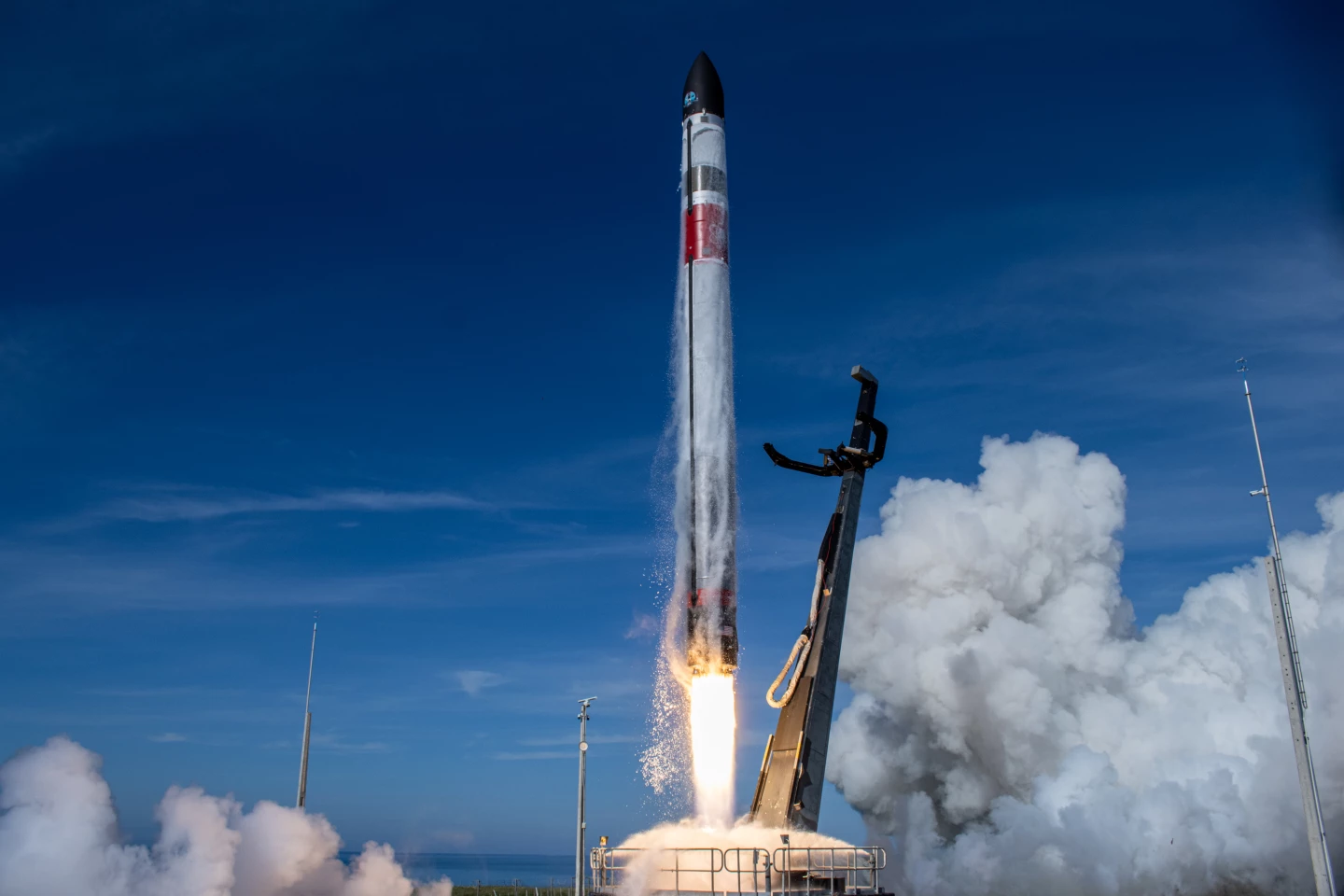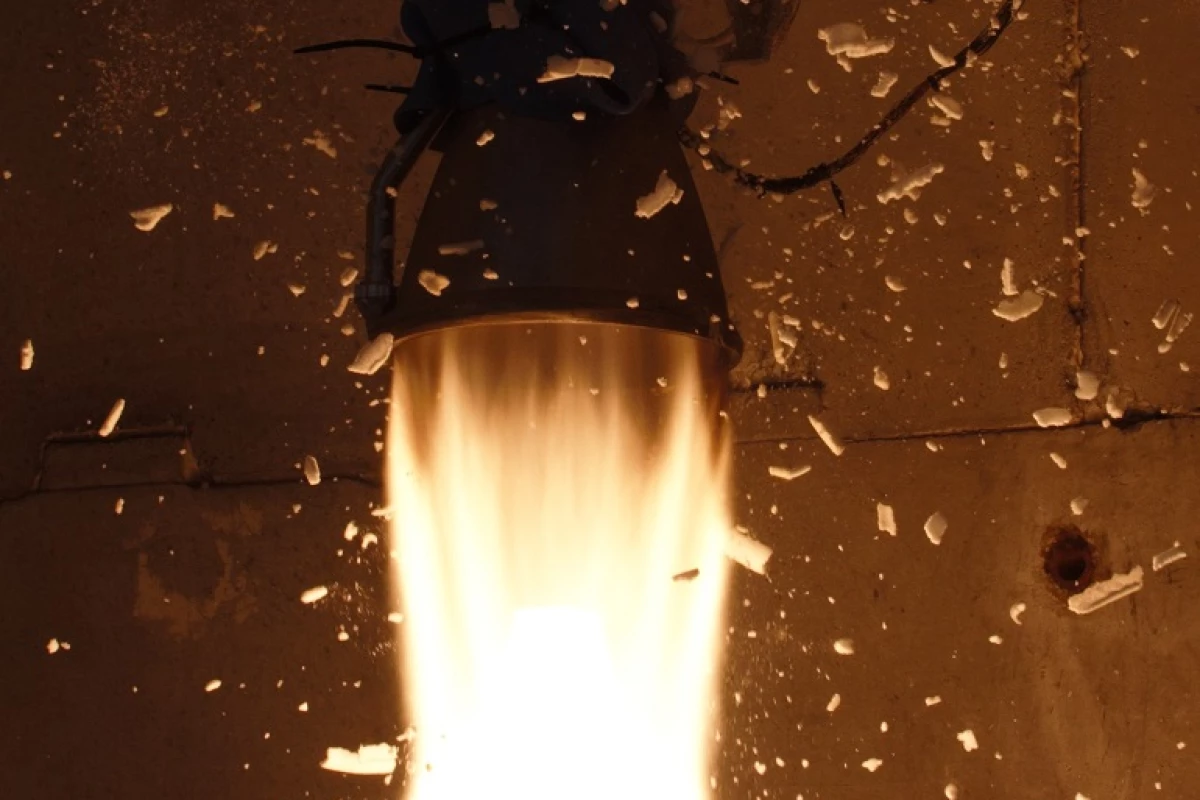Rocket Lab has big aspirations when it comes to reusable launch vehicles, and back in May ticked off a huge achievement, successfully catching its Electron booster as it fell from space. The company has since been busy refurbishing the rocket and has now ticked off another notable milestone, proving it can work again just like a brand new one.
The reusability method employed by Rocket Lab differs from that of SpaceX, in that it is aiming to use a helicopter to catch the Electron’s first stage as it plummets back to Earth. Parachutes help slow the descent of the falling rocket, before a modified Sikorsky S-92 chopper swoops in and collects it in midair.

The idea is that the captured rocket is then flown off to Rocket Lab’s onshore facilities to be refurbished. In its first ever attempt at this in May, the company successfully snared the rocket but had to then release it into the ocean, where it made a soft splashdown and was collected by a boat instead.
Rocket Lab has now managed to refurbish one of the nine Rutherford engines that power the recovered Electron booster, and shown that it can overcome the corrosive forces of the ocean to become fully functional once again. The team carried out a full-duration, full-thrust test fire at its engine testing facility last week, where it passed all of its usual testing criteria for every one of its engines.
🔥This engine has been to space and back. This week we proved it could go again. 🔥 We've successfully test fired a recovered Rutherford engine for the first time - a significant technical milestone on our path to make Electron a reusable rocket! https://t.co/2ubrLgf0cf
— Rocket Lab (@RocketLab) September 1, 2022
That involved 200 seconds of engine fire and multiple restarts, with data showing the engine produced a full thrust of 21 kilonewtons within 1,000 milliseconds of ignition. From here, Rocket Lab is planning another capture attempt in which the recovered booster is flown directly back to land, which is expected to take place before the end of 2022.
“Being able to re-fly Electron with minimal refurbishment is the ultimate goal, and so the fact that the recovered components on this engine performed on the test stand with minimal rework is further validation that we’re on the right path,” said Rocket Lab CEO Peter Beck. "If we can achieve this high level of performance from engine components recovered from the ocean, then I’m optimistic and incredibly excited about what we can do when we bring back dry engines under a helicopter next time.”
Source: Rocket Lab





